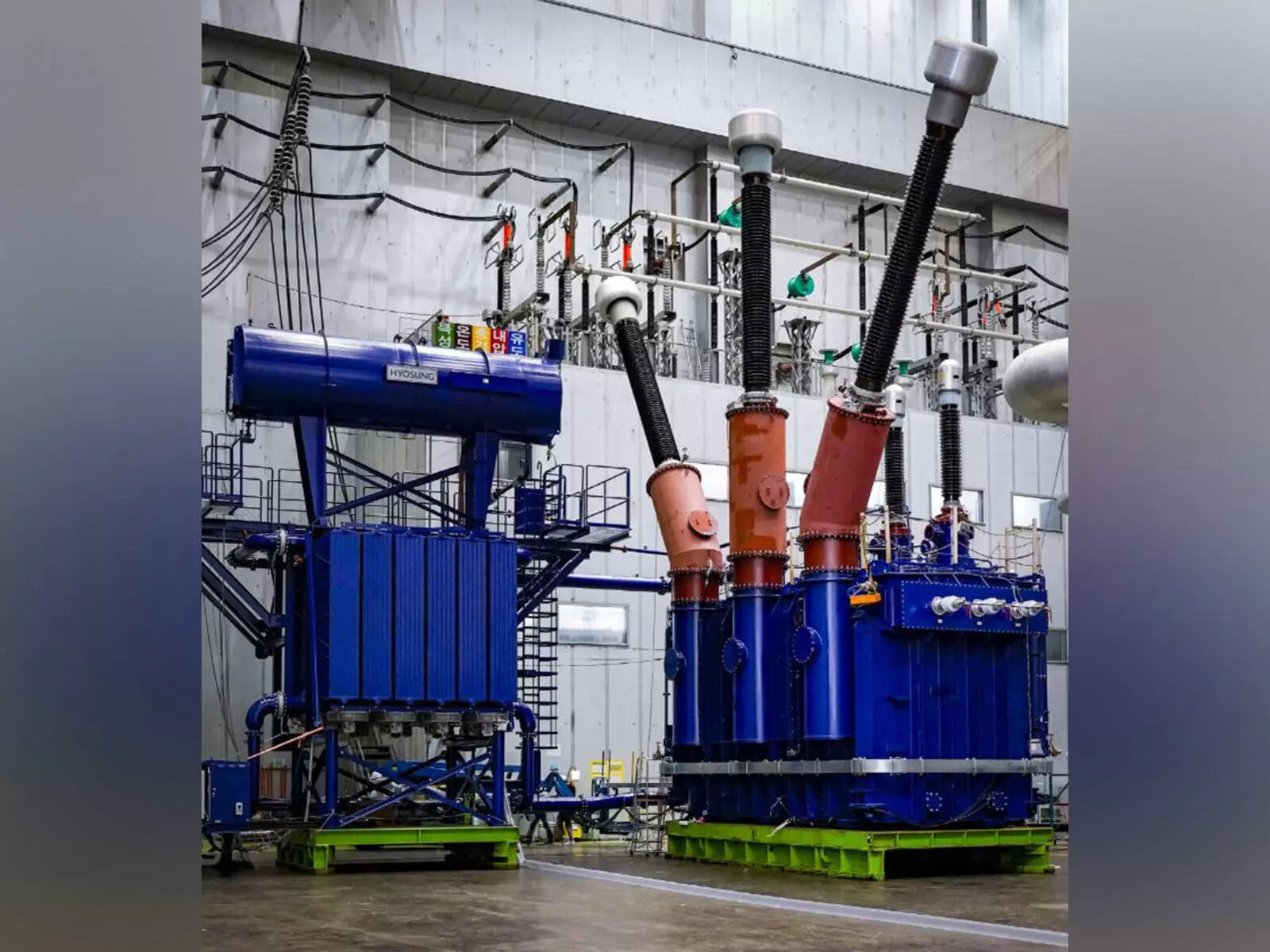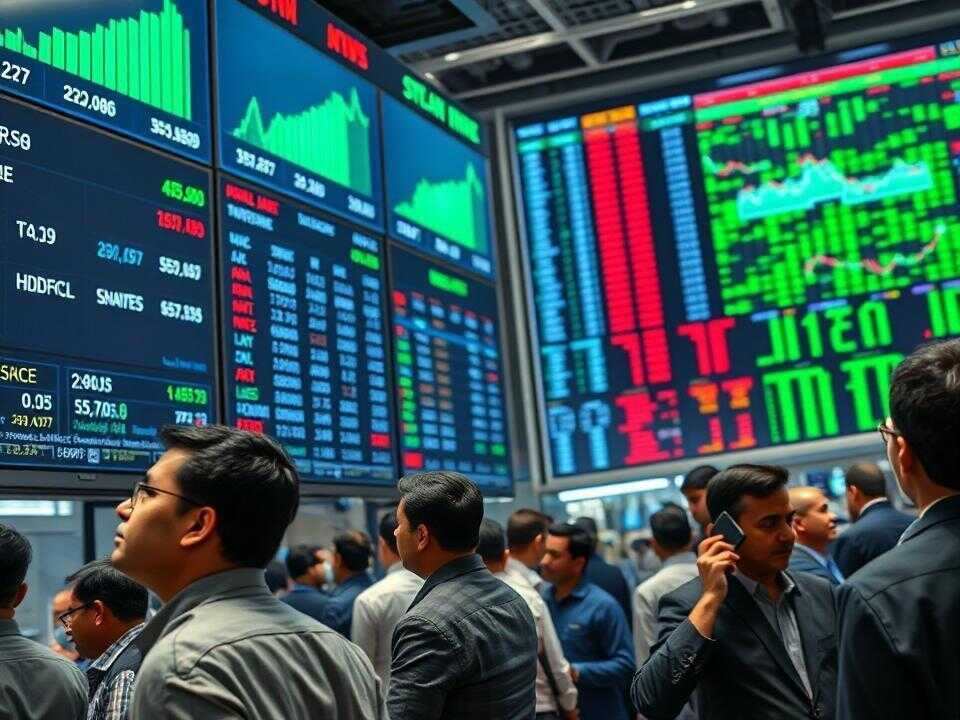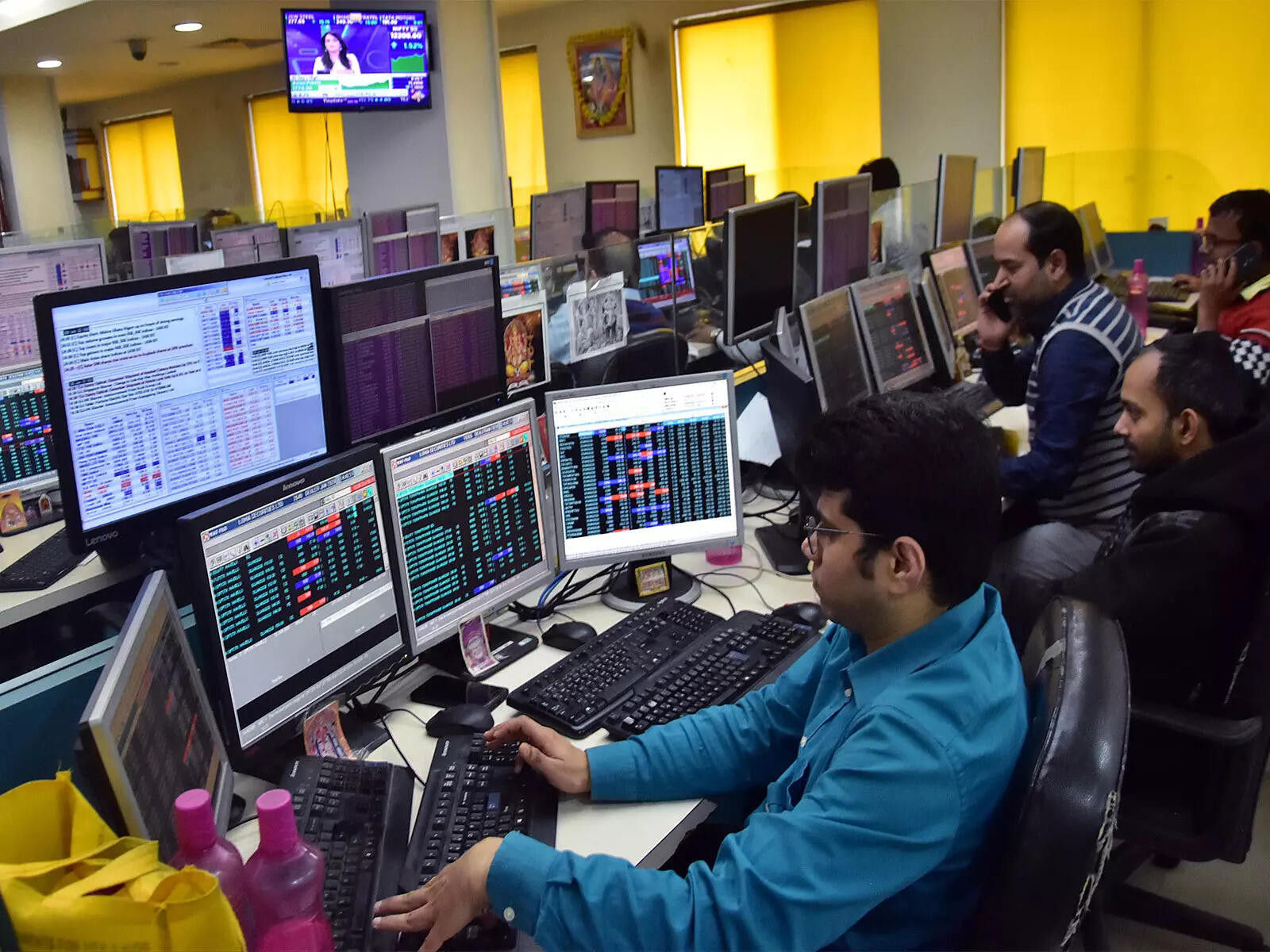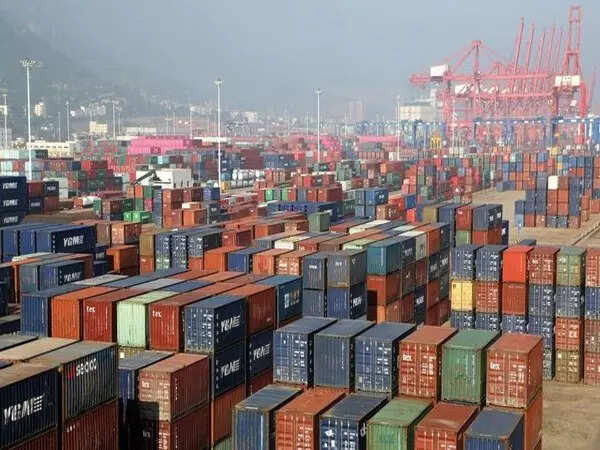China has resumed shipments of heavy rare earth magnets to India, providing relief to key manufacturing sectors. However, these crucial supplies come with a strict condition: the cargo cannot be re-exported to the United States, amidst ongoing trade tensions between the two global powers.
China Opens Rare Earth Exports to India: What Does It Mean for Tech and Manufacturing?
For six long months, a crucial artery in the global supply chain was effectively blocked. China, the dominant player in rare earth element production, had seemingly halted exports to India. The ripple effects were felt across various sectors, from electronics manufacturing to renewable energy, leaving many Indian companies scrambling to secure alternative sources. Now, finally, the tap has been turned back on. Shipments are flowing again. But what does this resumption of trade really signify, and what impact will it have on India’s industrial landscape?
The implications are far-reaching. Rare earth elements, despite their name, aren’t particularly scarce in the Earth’s crust. However, economically viable deposits, coupled with the specialized refining processes required to extract and process them, are concentrated in a handful of countries, with China holding the lion’s share. These elements are the unsung heroes of modern technology, essential components in everything from smartphones and electric vehicle batteries to wind turbines and medical devices. Without a stable supply, entire industries face significant hurdles.
The recent disruption forced Indian businesses to rethink their strategies. Companies dependent on these materials were compelled to explore alternative sourcing options, including boosting domestic exploration and refining efforts. While these long-term initiatives are crucial for building resilience, they can’t immediately replace the volume and reliability of Chinese exports.

Who Benefits from the Resumption of Rare Earth Element Shipments?
The immediate beneficiaries are undoubtedly the Indian companies that rely on rare earth elements in their manufacturing processes. Think of the electronics manufacturers churning out smartphones and laptops, the burgeoning electric vehicle sector striving to meet ambitious production targets, and the renewable energy companies building wind farms and solar power plants. These industries can now breathe a sigh of relief as they regain access to a vital input. The ability to procure these critical materials predictably again will allow these sectors to plan for expansion, and meet consumer demand.
But the positive effects extend beyond these core industries. A stable supply of rare earth elements also supports the broader manufacturing ecosystem, including the production of magnets, alloys, and other specialized materials used in a wide range of applications. The defense sector, which utilizes rare earths in advanced weaponry and communication systems, will also benefit.
Long-Term Implications and India’s Strategic Response
While the resumption of shipments is a welcome development, it also serves as a stark reminder of India’s vulnerability to disruptions in the global rare earth supply chain. The dependence on a single dominant supplier creates inherent risks, particularly in a geopolitical landscape marked by increasing tensions and trade disputes. This underscores the importance of developing a comprehensive and multifaceted strategy to secure a more stable and diversified supply of these critical materials.
This strategy must encompass several key elements. First, accelerating domestic exploration and mining activities is paramount. India possesses significant rare earth reserves, but their development has been hampered by regulatory hurdles and technological challenges. Streamlining the approval process and investing in advanced refining technologies are crucial steps.
Second, fostering international partnerships with countries that possess rare earth resources is essential. Collaborating with nations like Australia, the United States, and Japan can help diversify India’s supply base and reduce its dependence on China. This also means strengthening ties with African nations rich in mineral deposits to explore opportunities for mutual growth.
Third, promoting research and development into alternative materials and technologies that can reduce or eliminate the need for rare earth elements is vital. Innovation in materials science can unlock new possibilities and create a more sustainable and resilient industrial base. This includes investing in recycling technologies to recover rare earths from electronic waste, effectively creating a circular economy for these valuable resources.
Finally, it is important to bolster local capacity. India needs to develop robust manufacturing and refining capabilities. This can be achieved by incentivizing private sector investment, providing technical expertise, and creating a supportive regulatory framework. This requires looking to the expertise of companies, such as IREL (India) Limited, to drive production.
The recent interruption in rare earth shipments served as a wake-up call. The renewed flow of materials offers a temporary reprieve, but the long-term solution lies in building a robust, diversified, and resilient supply chain. By proactively pursuing these strategies, India can secure its economic future and become a major player in the global technology and manufacturing landscape. You can read more about India’s manufacturing sector here.







